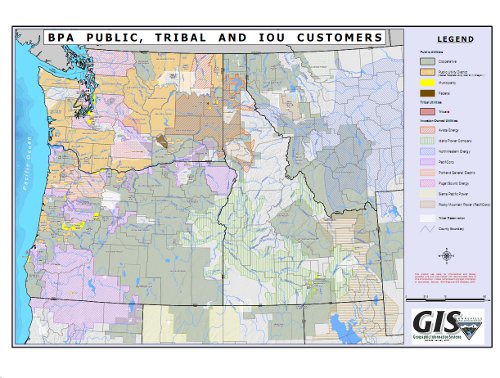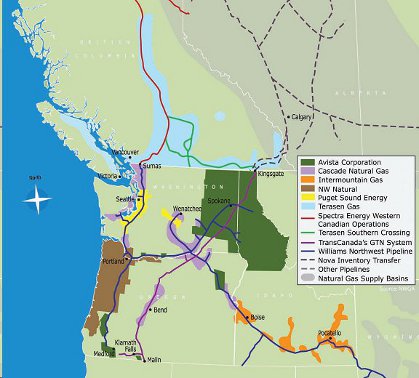

About the Northwest Region
The Northwest CHP Technical Assistance Partnership (Northwest CHP TAP) works to educate, support, and promote industrial energy efficiency technologies, such as combined heat and power (CHP/CCHP), district energy, and waste heat recovery. It is one of seven CHP TAPs across the U.S. It works in partnership with Department of Energy’s (DOE) Better Buildings Initiative. The region covers the states of Washington, Oregon, Idaho, and Alaska, and based at the Washington State University (WSU) Energy Program in Olympia, WA.
The Northwest CHP TAP is supported by five partners, in addition to the DOE. Our partners provide a diverse range of skills and expertise to assist with CHP/CCHP, district energy, and waste heat recovery project development. Training and education, such as workshops, conferences, and classroom courses are part of the technical support provided by the Northwest CHP TAP.
In addition, the Northwest CHP TAP is also active in policy issues and legislation that enable broader installation of the above technologies and reduction of barriers. This includes support for tax incentives, regulatory changes, and clarification or changes in the language of a bill.
Strengths and Areas of Focus
- Policy improvements and incentives analysis
- Project support (technical and regulatory)
- Feasibility studies/Energy assessments
- Outreach, workshops and presentations
- Technical reports
- Stimulus funding opportunities
- Waste heat recovery with power generation
- CHP/Industrial efficiency and climate change
- Anaerobic digestion
- Target markets (large energy users, dairies, food processors, wastewater treatment facilities, pulp and paper mills, forest products)
Natural Gas
Electricity
Potential for CHP/CCHP in the Northwest Region [View chart]
Combined cooling, heating and power development in the Northwest has historically been slow to develop in this region due to cheap electric power, poor “spark spread,” and a missing policy-enabling framework. However, it now has tremendous potential as a result of increasing energy rates, policy, receptivity, awareness of its benefits - both economic and environmental-, and new environmental regulations for emissions. In addition, “new” resources not previously utilized and considered waste products, such as forest slash, food processing residue, agricultural residue, and manure products, are now being viewed as valuable resources that can be used to produce energy.
Barriers to CHP development in the Northwest
Cheap electric rates in this region have been a significant barrier to CHP development. The Northwest has the cheapest utility rates in the country – more than half that of the Eastern United States. This is due to the large amount of hydropower electric generation. As a result, industry had little incentive to invest in CHP unless there were strong incentives from their local utility or government. Long payback periods contributed to this disincentive.
Another barrier is policy, and interconnection in particular.
Current Installed capacity in the Northwest
Installed CHP capacity has increased since 2003, when the Northwest CHP Technical Assistance Partnership began operations. A large part of this increase had to do with legislation, policy and incentives. In 2009 alone, eight bills favoring CHP passed in the state of Washington.